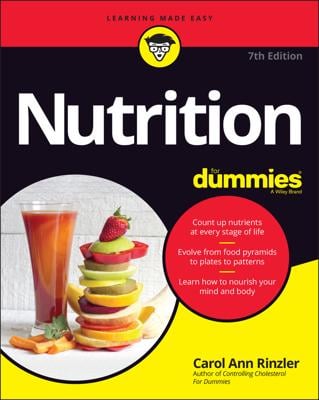Nutritionists substitute the word calorie for kilocalorie, which is really 1/1000 of a kilocalorie. Your body burns food to produce energy in the form of heat. Nutritionists measure the amount of heat produced by metabolizing food in units called kilocalories.
A kilocalorie is the amount of energy it takes to raise the temperature of 1 kilogram of water 1 degree on a Centigrade (Celsius) thermometer at sea level.
Nutrition scientists measure the number of calories in food by actually burning the food in a bomb calorimeter, which is a box with two chambers, one inside the other. The researchers weigh a sample of the food, put the sample on a dish, and put the dish into the inner chamber of the calorimeter.
They fill the inner chamber with oxygen and then seal it so the oxygen can’t escape. The outer chamber is filled with a measured amount of cold water, and the oxygen in the first chamber (inside the chamber with the water) is ignited with an electric spark. When the food burns, an observer records the rise in the temperature of the water in the outer chamber. If the temperature of the water goes up 1 degree per kilogram, the food has 1 calorie; 2 degrees, 2 calories; and 235 degrees, 235 calories — or one 8-ounce chocolate malt!
Sometimes foods that seem to be equally low-calorie really aren’t. You have to watch all the angles, paying attention to fat in addition to protein and carbohydrates. Here’s a good example: A chicken breast and a hamburger are both high-protein foods. Both should have the same number of calories per ounce. But if you serve the chicken without its skin, it contains very little fat, while the hamburger is (sorry about this) full of it. A 3-ounce serving of skinless chicken provides 140 calories, while a 3-ounce burger yields 230 to 245 calories, depending on the cut of the meat.

